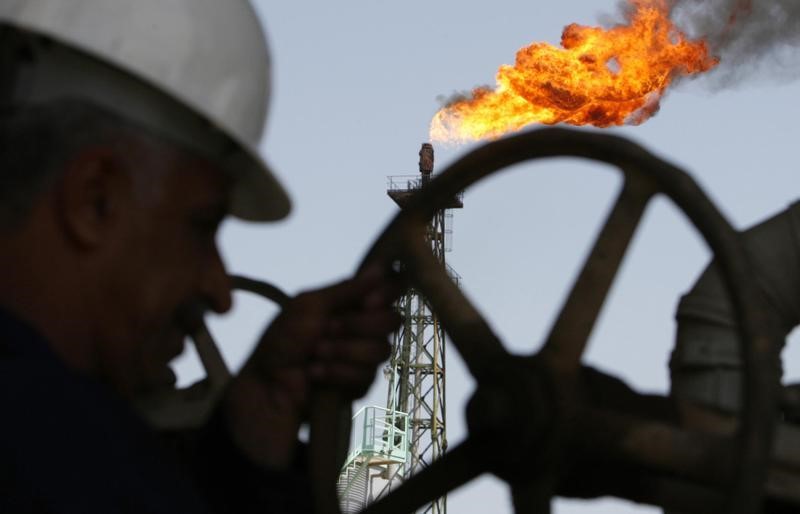Investing.com’s stocks of the week
Investing.com - It's one week later and the feeling in oil markets is eerily familiar. There's a near-7% price drop amid growing conviction that Dec. 6 might be a non-event for OPEC.
And traders are eyeing a break below $50 a barrel next.
West Texas Intermediate and Brent crude futures both slumped 7% in Tuesday's intraday trade. While they settled off the day's lows, they still extended to about 30% the six-week rout in oil, which began with surprisingly weak U.S. sanctions on Iranian oil exports and is now driven by runaway U.S. crude production and stockpile numbers.
"The way the market sentiment is going, I think $50 a barrel or below is happening, if not this week then next," said Tariz Zahir, managing partner at New York's Tyche Capital Advisors, who typically trades in long-dated spreads of U.S. oil. "I'm selling into any strength I see from here."
U.S. WTI settled down $3.77, or nearly 6.6%, at $53.43 per barrel, its lowest close since October 2017. The session low was $52.77, also a 13-month bottom. WTI has fallen 31% since hitting four-year highs of nearly $77 in early October. At the current decline, it is poised to end November down 18%, its biggest monthly loss since July 2015.
U.K. Brent, the global benchmark for oil, was down $4.27, or 6.4%, at $62.52. The session bottom of $61.73 marked a nine-month low. Brent has lost 28% from last month's peak of nearly $87. Like WTI, Brent was headed for the biggest monthly drop in 3-1/2 years, losing about 17% for November.
Just a week ago, both WTI and Brent fell about 7% each.
Some analysts had initially thought this week might bring a reprieve to oil producers due to Thursday's Thanksgiving holiday, as fewer trading days typically deter traders from building large positions, regardless if they're long or short.
But fears about ballooning U.S. crude oil production got the better of sentiment.
Data shows U.S. oil output soared by almost 25% this year, to a record 11.7 million barrels per day (bpd). Weekly stockpiles have jumped by almost 50 million barrels over the past two months, with another build expected from last week.
OPEC, which produces 33 million bpd, is mulling a cut of just around 1.4 million bpd when it meets Dec. 6 in Vienna. Even to achieve that, the Saudi-led cartel might need the help of Russia, which produces just a third of what the group does and isn't happy to lose its market share under the OPEC+ rebalancing exercise. The Saudis originally offered to cut just 0.5 million bpd on their own.
"The Russians are not looking to deal with cuts," Zahir of Tyche Capital said. "They are happy with prices at these levels."
"That leaves OPEC with the risk of taking on the entire 1.4 million bpd cut on its own or for the Saudis to revert to their original 0.5 million bpd. The truth is no one wants to lose their market share by making those cuts."
Since the historic oil embargo of the 1970s, the Saudis and OPEC have managed to keep crude prices at desired levels by cutting or increasing output as required by demand. All that changed during the U.S. shale-led oil glut of 2014-2017 which pushed prices to as low as nearly $25 a barrel before 18 months of concentrated cuts by the enlarged OPEC+ brought the market back up.
But 2018 has proven an even bigger challenge to the group, with crude prices first running up 20% over five months to October after President Donald Trump's new sanctions on Iranian crude exports, then erasing all of that in six weeks due to the generous waivers he issued on those sanctions. In between, crude prices also recorded their worst bearish streak in history with a 12-day selloff.
